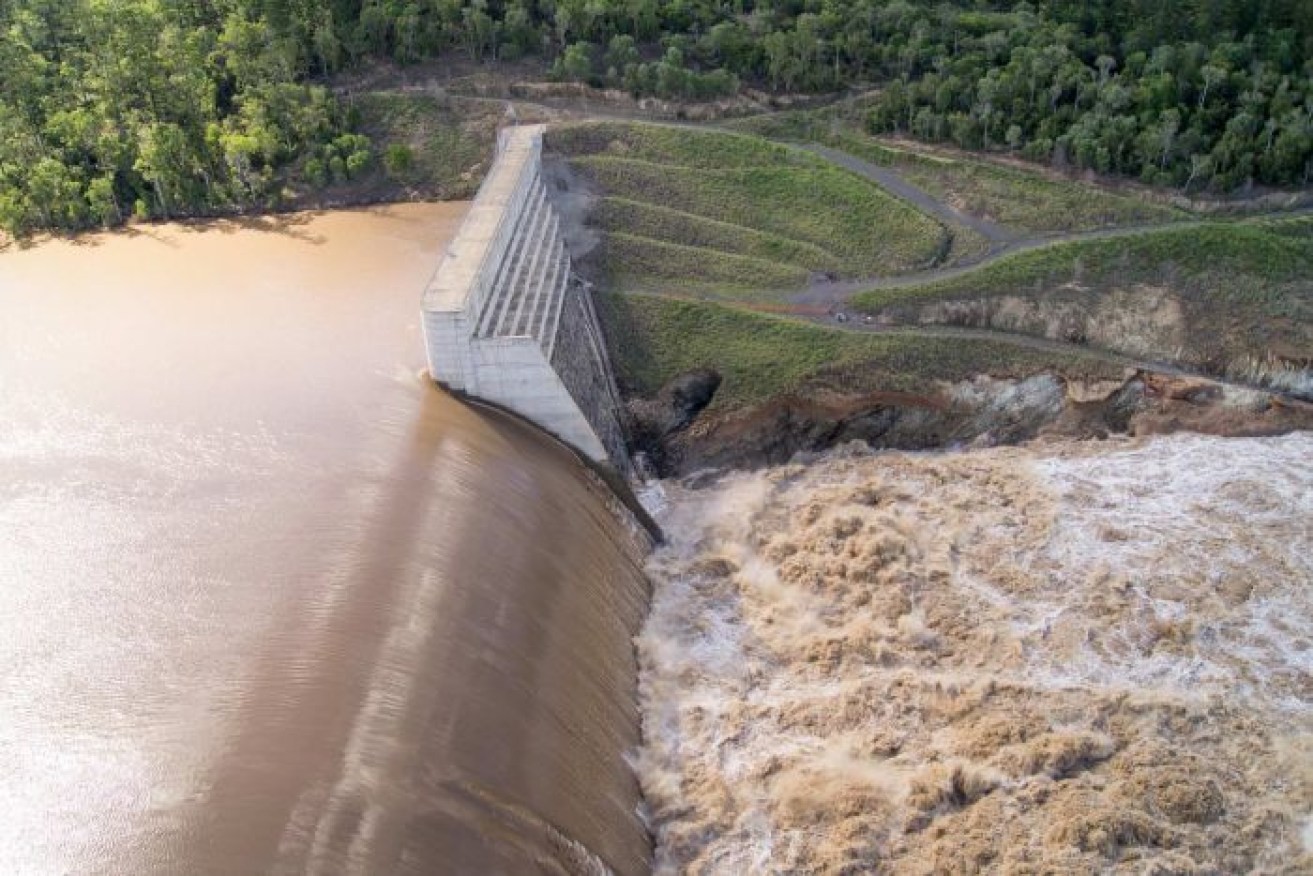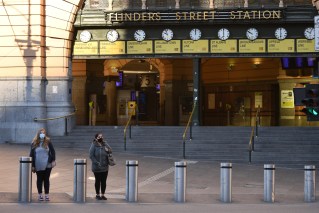Cracks starting to appear in dam safety argument
I live on the banks of the Burnett River in Bundaberg.


Paradise Dam in flood.
My home was flooded in 2011 and 2013 after cyclone Oswald dropped 500mm of rain in the upper reaches of the Burnett River catchment.
I also live downstream of the Paradise Dam and have been advised that my community is at risk of the dam failing.
I don’t lie awake at night worrying about Paradise Dam failing.
I lie awake at night worrying about the $4 billion a year agricultural economy, and the community it supports, that is being sacrificed for political expediency.
Paradise Dam is the cornerstone for a booming Bundaberg agricultural sector ranging from macadamias to avocadoes, small crops to cane and cattle.
Since the construction of the dam in 2005, there have been billions of dollars of investment flow into the region and billion dollars flow out in the forms of employment, tax revenue and exports.
In September last year, the entire Bundaberg community was broadsided by the announcement that in the middle of an extended drought, 105,000ML of water would be released from the dam and works would commence to lower the dam’s spillway by 5m due to safety concerns.
The dam’s capacity is now 45 per cent and without any significant rain in the Burnett catchment this summer, the dam could well be dry within 12 months.
Already, irrigators who have invested and budgeted off 100 per cent allocations over the last 10 years, are facing having their water allocations cut to as little as 16 per cent by July.
There is no doubt some serious questions need to be answered about why a dam built in 2005 is having to be decommissioned in 2020.
However, the spin coming out of William Street to justify the reduction in the dam’s capacity is “safety”. That spin has little substance.
The Paradise Dam contains about 600,000 tonnes of roller-compacted concrete, 100,000 tonnes of conventional concrete and can hold 300,000ML of water.
The Government’s own assessments have concluded that the dam is safe at 100 per cent capacity.
However, the issue is that in an event similar to the 2013 floods, classified as a 0.5 per cent (1-in-200- year event) the dam’s factor of safety falls.
In July 2019, the risk of failure for Paradise Dam was re-assessed. The dam was assessed to be higher than the tolerable limits in the Queensland Government guidelines on dam safety.
For Paradise Dam, a probable loss of life of 120 people was assessed for a 0.05 per cent (1-in 2000-year) probability failure event in any given year.
In 2013, the flood height was 8m above the dam spillway. At its peak, 2.5 million megalitres a day flowed over its walls at speeds of up to 70km/h.
In a similar event, even if the dam “failed” completely (which is physically impossible) it would add less than 10 per cent to the flood volumes.
I can promise you, after seeing the power of water down the Burnett in 2013, I won’t be sitting around wringing my hands about Paradise failing in similar flood conditions.
These areas predicted to be potentially flooded will already have been evacuated when flood heights get to 2 metres above the dam wall under existing safety protocols.
There are about 370 dams built the same way at Paradise Dam around the world. Concrete dams have failed in the past but the majority of these were built in the 1890s or impacted by earthquakes.
Internationally recognised and experienced dam engineer, Dr Paul Rizzo advises that Paradise Dam could be fixed for less than the price it will be decommissioned.
The State Government claim that the extraordinary powers they have granted themselves in the first sitting week of Parliament, to remove the need for multiple levels of approvals before the works start, is of course due to “community safety”.
The Government have known about issues with the dam since 2015 and yet suddenly “community safety” is paramount and laws have to be crashed through parliament without notice or due process.
This is all before the release of the Governments own inquiry has been completed and a Building Queensland report has been delivered into options for the dam.
So a whole economy and community is being sacrificed, without due process and without consultation on the basis of a 0.05 per cent safety risk of the dam failing … during a one-in-200 year flood … due to the concerns for the safety of residents who will already have been evacuated in any flood event.
While we all want to ensure that the safety of the community is protected, we must also protect the economic and social foundations upon which those communities are built.
Tom Marland is a Bundaberg lawyer specialising in agri-business.












